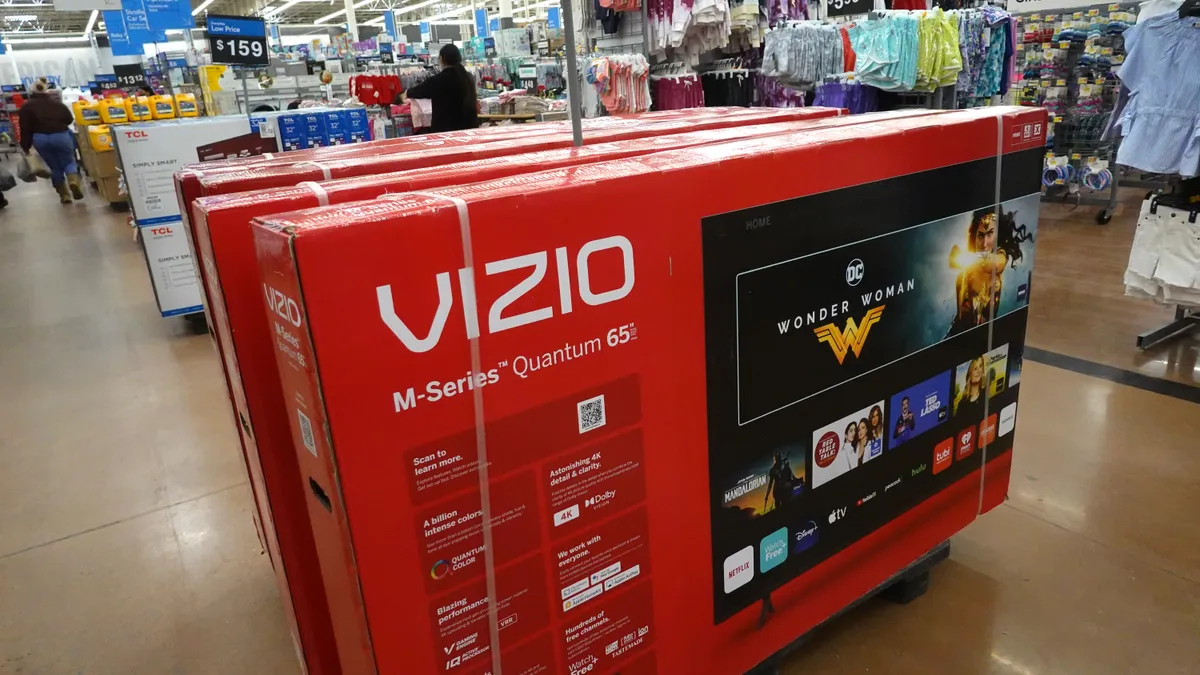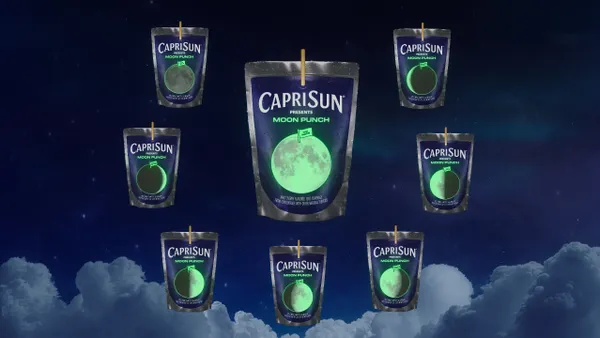Brief:
- Smartphone sales fell by a record 20% in Q1 from a year earlier as the coronavirus pandemic and its economic fallout dampened demand for mobile devices. The temporary closure of factories in key manufacturing centers like China also limited the global supply of smartphones, tech consulting firm Gartner announced.
- Samsung maintained its No. 1 spot as the biggest seller of smartphones with a market share of almost 19%, though its sales dropped 23% to about 55.3 million units in Q1 from a year earlier. Huawei held onto the No. 2 spot with a market share of 14%, though its 27% decline in smartphone sales was the biggest in the industry.
- Apple was steady in the No. 3 spot with a market share of less than 14% and sales of 40.9 million iPhones, an 8.2% drop from a year earlier. Xiaomi stood out with a 1.4% gain in sales to 27.8 million units amid strong sales for its Redmi devices worldwide and aggressive online marketing, per Gartner.
Insight:
The Q1 slump in smartphone sales contrasts dramatically with the surge in mobile usage during the pandemic that has a greater effect on how marketers reach audiences with advertising campaigns and support their mobile commerce efforts. The health crisis disrupted the supply chain for makers of electronics, while many stores were shut down to help suppress the spread of COVID-19, the respiratory illness caused by the novel coronavirus. As factories ramp up production and stores gradually reopen, smartphone makers can boost their sales efforts, though economic uncertainty may dampen demand for new devices.
As the world's biggest maker of smartphones, Samsung is closely watched for its product development and sales effort. While the company built up inventory in anticipation of pandemic disruptions, its weaker online sales channels negatively affected the company. The brand has a limited presence in China, which is dominated by local brands, but that helped to shield Samsung from a bigger drop in sales, per Gartner.
Apple managed to grow its market share by 2 percentage points, mostly because other smartphone makers experienced steeper declines, per Gartner. That growth means software developers may see a slight uptick in demand for iOS apps, though it's still too early to predict what will happen in the remainder of the year. Apple has changed its pricing strategy to appeal to a broader range of customers, and the expected introduction of 5G iPhones in the fall may drive a replacement cycle that will lift sales.
5G smartphones are expected to become much more popular in the next few years as prices decline and higher-speed service becomes more widely available, Gartner said in a separate forecast. The firm predicted the market share of 5G smartphones will jump to 43% in 2022 from 12% this year, and will make up more than half of all smartphone sales by 2023. Samsung dominates the 5G smartphone market in the U.S., selling three of the most popular models, per a recent Strategy Analytics report.













